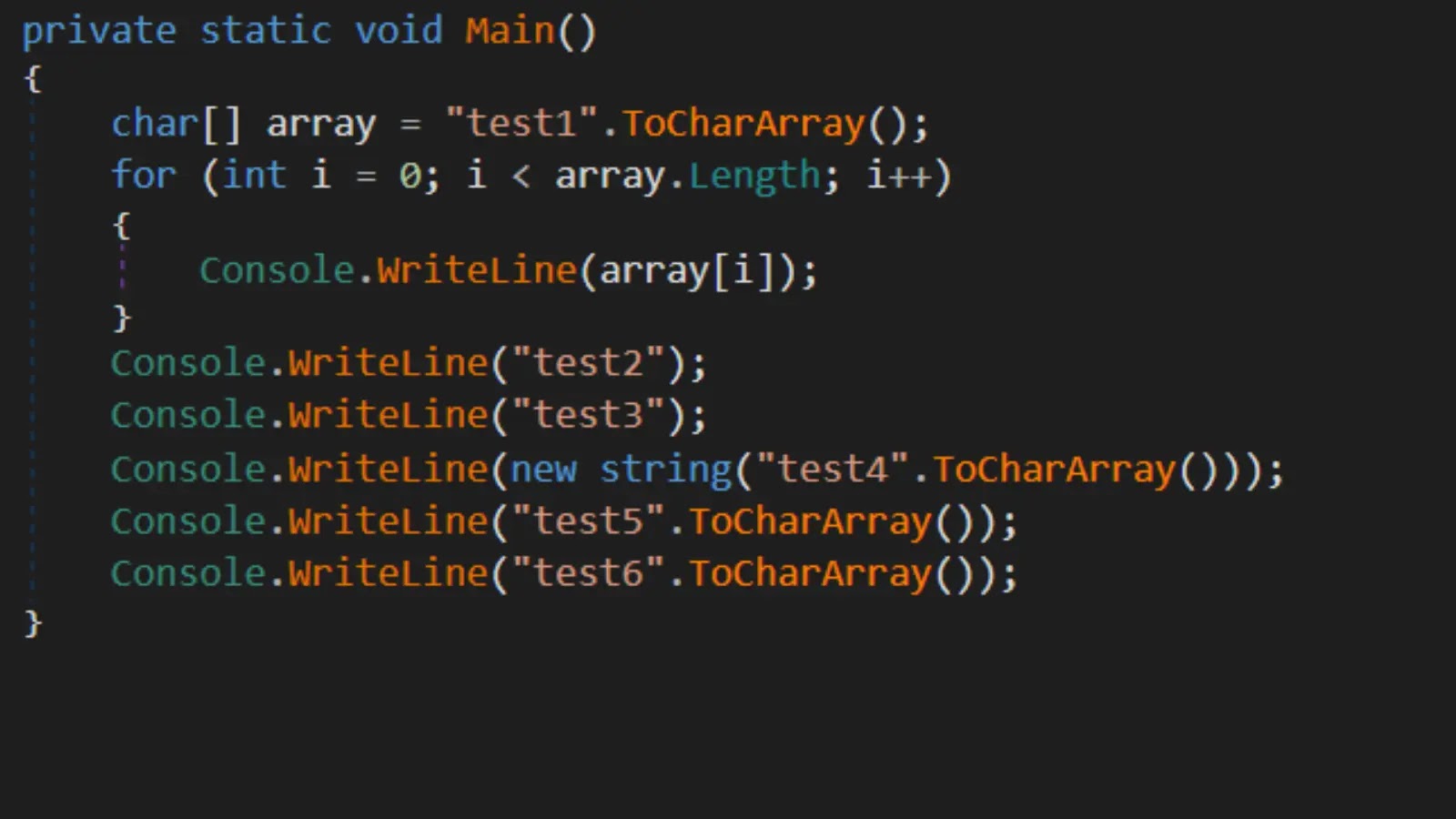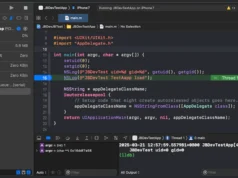ConfuserEx2 is the latest version from the Confuser family → An open-source, free protector for .NET applications.
ConfuserEx2_String_Decryptor deobfuscates constants protection, targeting string objects and char[] arrays.
This tool was tested on the vanilla version of ConfuserEx2 (ConfuserEx 1.6.0+-), but it should also handle some customized versions.
Description
ConfuserEx2_String_Decryptor is a simple C# console application that uses:
- AsmResolver – .NET Assembly Manipulation (modification of IL code and metadata)
- Harmony2 – Managed Hooking (to defeat some anti-checks)
- .NET Reflection – Dynamic Invocation
The [Release] binaries are compiled for both win-x86 and win-x64 using .NET Framework 4.7.2.
Building On Windows
- Install Visual Studio
- Open .sln and restore NuGet packages (AsmResolver.DotNet, Lib.Harmony, etc.) → should be automatic if the NuGet URL is configured
- Build – Release both x86, x64
Usage
Use on unpacked samples (Dumped – Passing Module Constructor)
ConfuserEx2_String_Decryptor.exe (32-bit) on 32-bit samples and (64-bit) on 64-bit samples
Drag&Drop or ConfuserEx2_String_Decryptor.exe <filepath>
ConfuserEx2 (1.6.0+-) Full Deobfuscation Guide
As a lot of malware devs, commodity malwares, and TAs are often using this obfuscator (avoiding older versions) to protect .NET samples, I put together some simple tools and steps that should help with deobfuscation.
This guide was tested on the vanilla version of ConfuserEx2, but it should also handle some simply customized versions.
Description
Most of these tools are based on well-known open-source libraries and use:
- AsmResolver & dnlib – .NET Assembly Manipulation (modification of IL code and metadata)
- Harmony2 – Managed Hooking (to defeat some anti-checks)
- .NET Reflection – Dynamic Invocation
- De4dot – CF deobfuscation and renaming (it is a different version than the original one)
The [Release] contains also all tools used in this guide “ConfuserEx2_Deobfuscate_Tools.7z“
GUIDE – Steps
If the sample is packed (which means the IL code of the methods is not visible in tools like dnSpyEx), debug it and dump it from memory just after the module constructor execution is over, heading to the original entrypoint.
Preserve as much metadata as possible during the saving of the module from memory.
The original entrypoint is very often deleted from the .NET module metadata, so repair it in a tool like dnSpyEx.
Use the specific version of de4dot for CF cleaning and renaming.
de4dot.exe <filepath> -p crxUse the string decryption tools (ConfuserEx2_String_Decryptor) → 32-bit version on 32-bit samples and 64-bit version on 64-bit samples.
Use the ProxyCall-Remover to get rid of proxy methods (should help to inline them).

















